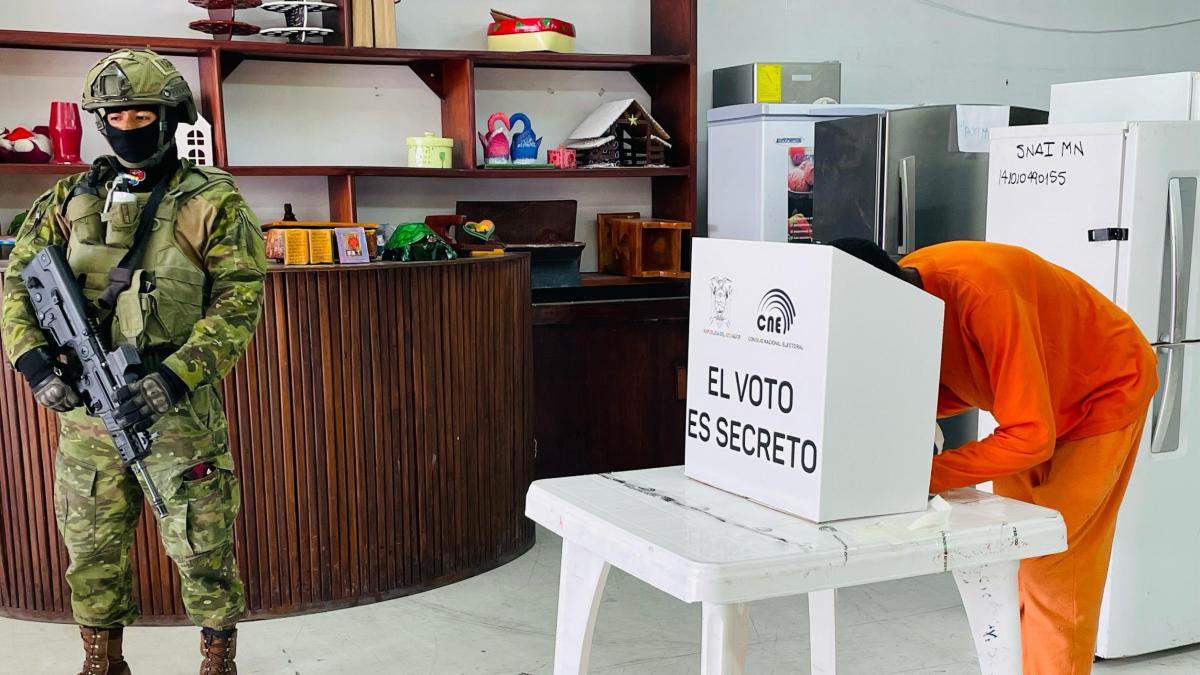In October 1962, Soviet ships approached the blockade declared by the Americans. The missiles waited ready to fire.
5.3. 2:00 | Updated 5.3. 13:23
October in late 1962 the world held its breath. At that time, the crisis in Cuba was being resolved. The crisis had escalated into a war of words between the two great powers after a U.S. spy plane flying over Cuba had taken pictures of the missiles on the island.
They were medium-range missiles sent to the country by the Soviet Union capable of carrying nuclear warheads. By the leader of the Soviet Union Nikita Khrushchev there were now nuclear weapons to reach the major cities of the United States.
The nerve pressure was not reduced by the fact that the United States had its own missiles ready in Turkey and would fly to the main population centers of the Soviet Union in minutes.
Among other things, a philosopher Bertrand Russell declared the crisis leading to the destruction of mankind.
On October 24, 1962, President Kennedy signed a document imposing an embargo on Cuba.
In white the atmosphere in the house was tense. About 100,000 American troops were stationed in Florida ready to attack. President John Kennedyn in the negotiations he led, many were in favor of a strong attack on Cuba and the wider Soviet Union.
However, Kennedy ended up taking overtime.
In the following days Hesari headed:
“US declares blockade of Cuba”
“Four Soviet vessels of steam per blockade”
“B. proposes a summit “
“Kennedy rejects NL proposal for ‘missile barter'”
“US considers further action: Cuban missile bases are being hailed”
The crisis the peak was reached on 27 October. At the time, an American U-2 spy plane was shot down in Cuban airspace, and Soviet ships approached the blockade. In addition, Moscow had received information about another spy plane that had infiltrated Siberia.
It was the most dangerous day in human history.
However, common sense won. In addition to negotiations at the UN, the parties to the crisis had sought a secret diplomatic solution to the dispute, and Kennedy eventually accepted Khrushchev’s offer, which was later publicly confirmed.
“The general relief followed the outbreak of the Cuban crisis,” Hesari reported on October 30th.
Soon the main news page was taken over by other topics.
In the history books, however, the 27th remained “the most dangerous of mankind”.
Agreement under which the countries abandoned missiles in close proximity to each other, and the United States undertook not to occupy Cuba without direct provocation.
A hotline was set up between leaders to prevent a nuclear war.
In the HS Time Machine you yourself can make tremendous discoveries in history. The service can search the paper newspapers of Helsingin Sanomat and Päivälehti from 1889-1997.
#Columns #dangerous #day #human #history #main #news #page #occupied #topics





